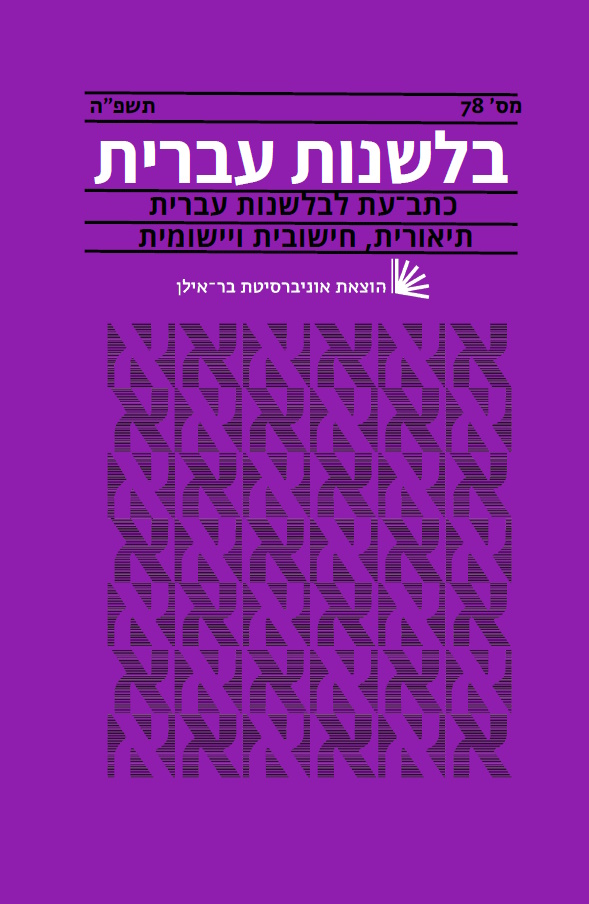Differential Object Marking (DOM) in Modern Hebrew: Empirical Findings
Keywords:
differential object marking (DOM), Modern Hebrew, partitivity, acceptability judgmentsAbstract
This paper investigates Differential Object Marking (DOM) in Modern Hebrew. The consensus in the theoretical literature has been that the Modern Hebrew object marker et is licensed only with definite direct objects. Our study examines whether this distribution extends to partitive nominals, and whether additional factors – such as quantifier type and object position – affect the acceptability of et in partitive contexts. In a preliminary web search, we observed numerous naturally occurring examples of et-marked partitive DPs, most frequently involving proportional quantifiers and appearing in sentence-initial position. To test whether these naturally occurring tokens represent current patterns of Modern Hebrew grammar, we asked 41 native Hebrew speakers to evaluate the acceptability of sentences containing et-marked object DPs using a 5-point scale. The experiment included three independent variables: partitivity (partitive vs. non-partitive), quantifier type (proportional vs. cardinal), and object position (base vs. sentence-initial). Our results show that speakers assign considerably high acceptability scores for sentences with indefinite partitive DPs (M = 3.6/5), especially when the DP is headed by a proportional quantifier (M = 3.72/5) and appears in sentence-initial position (M = 3.71/5). These data challenge the widely held view that et is only licensed with definite direct objects. This paper expands and deepens the empirical and theoretical discussion of DOM in Modern Hebrew and contextualizes the experimental findings within crosslinguistic DOM literature.

